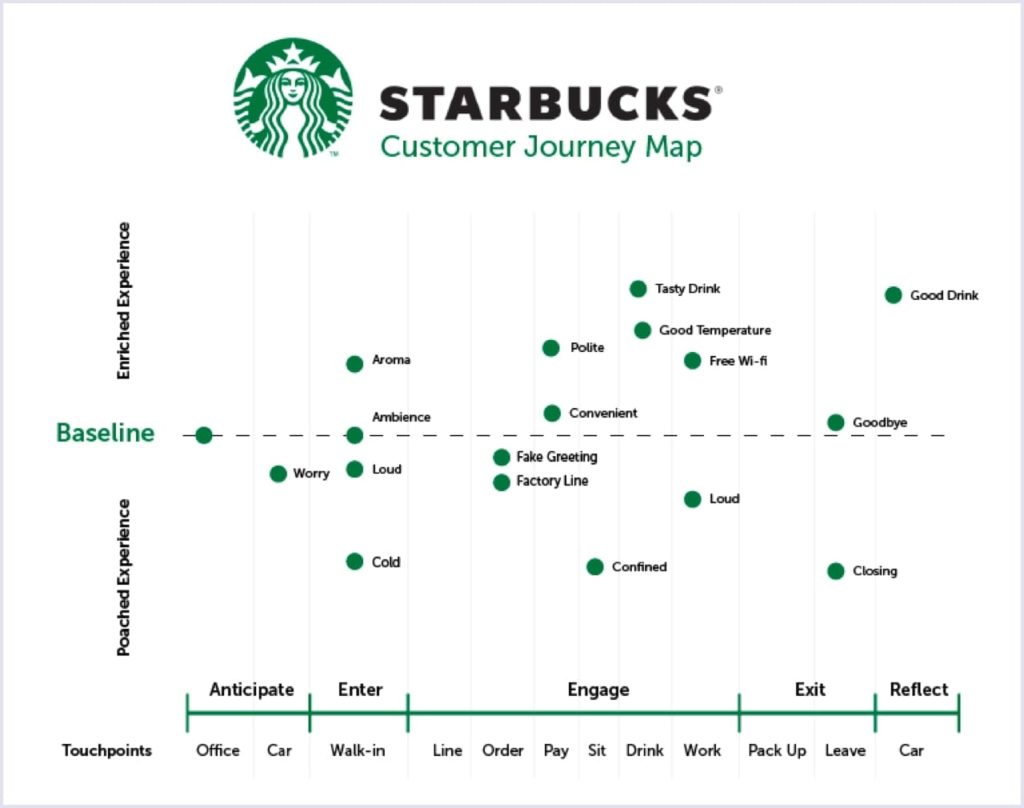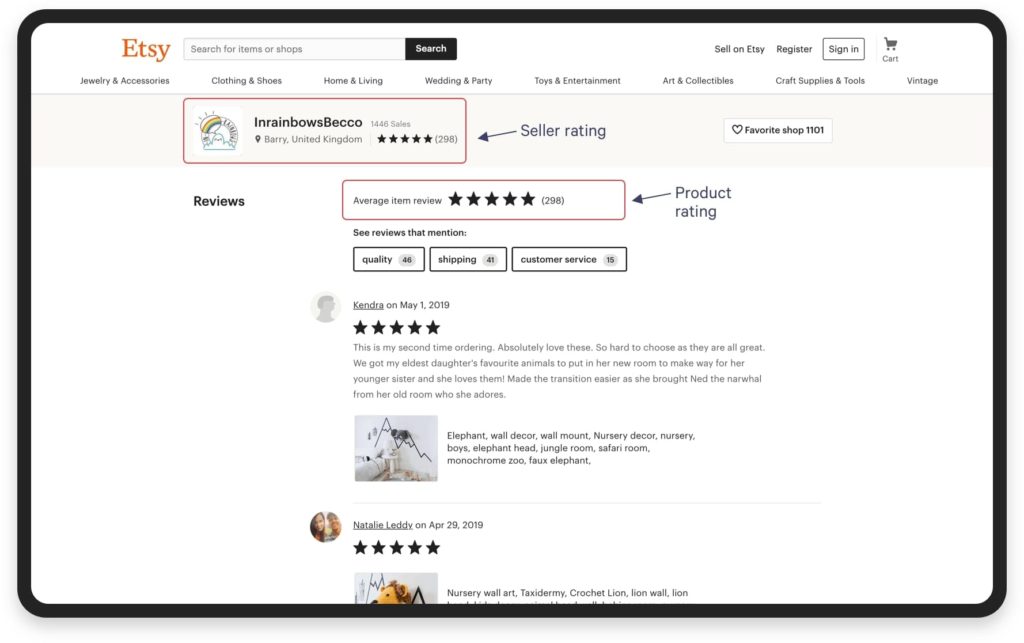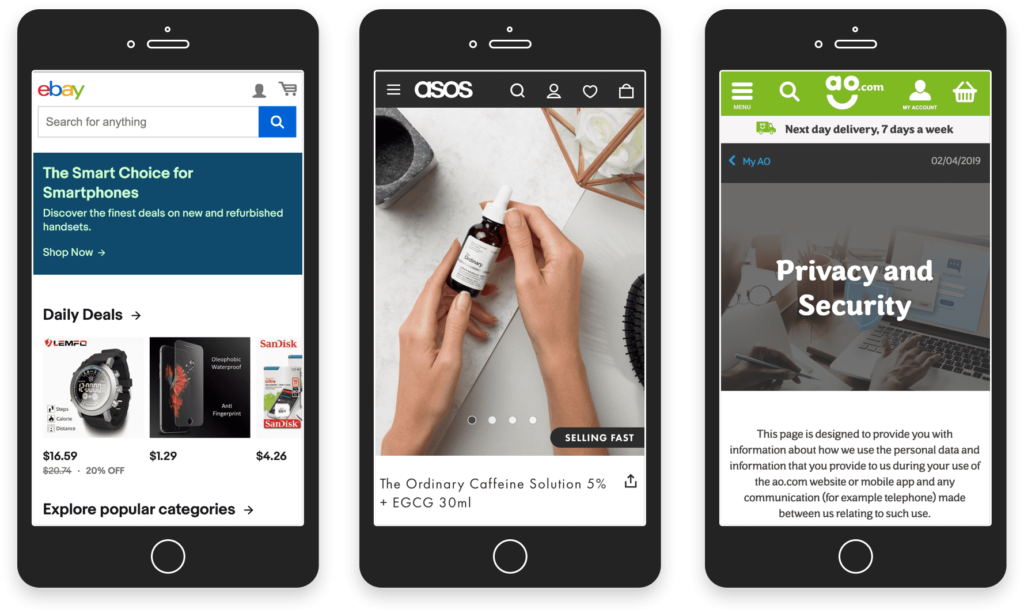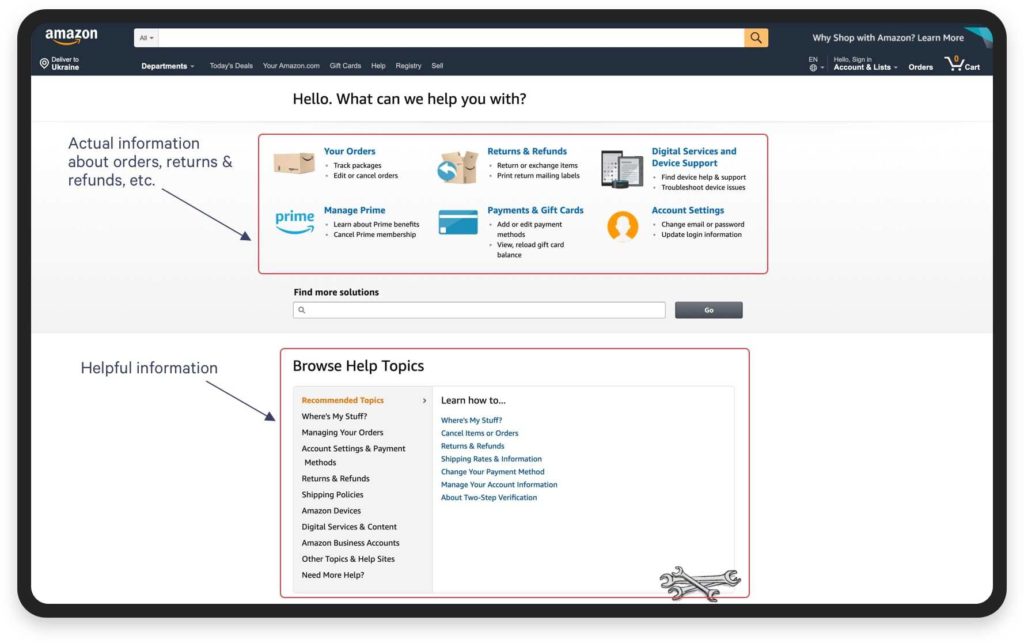The outbreak of Covid-19, together with the screaming success of Amazon, has resulted in marketplaces popping up all over. Today more and more entrepreneurs come up with the idea of creating the second Amazon or eBay.
In reality, everything is not that simple. The launch of an e-commerce website is only half the battle. Business owners have to find creative ways to compete with similar platforms on equal footing.
In this blog post, we will discuss such a vital topic as user experience. You will find out what makes UX so crucial for the future success of your e-commerce platform.
In addition, I will share some marketplace website development and design practices. You will know what you should do in terms of UX to make your e-commerce website a successful and profitable business.
Why is UX important in marketplace website design?
With the growing number of marketplaces, exceptional UX can help you stand out from the crowd. Here comes a question: what is user experience and how can it help you get the upper hand?
In fact, the user experience is a complex term. It encompasses lots of factors such as usability, accessibility, and aesthetics, to name a few. Simply put, UX is all about evoking positive feelings and emotions when interacting with your e-commerce platform.
Intuitive interactions encourage users to return to your website. For this reason, your task is to make sure it is well-organized and easy to navigate. Allow shoppers to find the information they need and purchase products with no hassle.
When everything is done right, you will improve customers’ satisfaction and, consequently, boost sales.
Create a customer Journey Map to understand your audience
Offer users a simple and intuitive customer journey through your e-commerce website. Your task is to provide them with the necessary assistance at each stage of the purchasing process.
It would be a great idea to create a customer journey map. With its help, you get a better understanding of your target audience, their interests and pain points. As soon as you grasp the goals and motives of potential customers, it is getting easier to meet their expectations.
Starbucks created an effective Customer Journey Map. Though it is not a marketplace, it still shows how to visualize customers’ experience with your e-commerce brand.

Implement a system of reviews and ratings to ensure trust in your marketplace
Allow customers to leave their feedback about goods and services available on your platform. It will help customers understand the quality of the products and specify the details about items they are going to buy.
This way, you will make your e-commerce website trustworthy without putting in too much effort.
Also, reviews encourage customers to buy a specific product. For example, if a shopper has already bought an item and liked it, other customers may think that they should give it a try too. It would not hurt to implement a rating system for sellers as well.
Etsy knows how to provide customers with an exceptional user experience. Shoppers can study both product and seller ratings on their website before buying a desired handcrafted item.

Make mobile optimization your top priority to increase the number of mobile transactions
Mobile commerce is growing by leaps and bounds. Thus, SimiCart predicts that e-commerce sales will reach $3.56 trillion in 2021. These figures show the importance of marking your marketplace website convenient for smartphone owners.
Follow the tips below to build a mobile-friendly e-commerce platform:
- Make sure that swiping is comfortable and fluid;
- Integrate popular digital wallets, such as AndroidPay or ApplePay;
- Create visible search bars;
- Allow users to return to the home page with no hassle;
- Ensure the straightforward checkout process;
- Keep your menu short;
- Make sure that users can easily spot the bottom of the tunnel call-to-action.

Also, consider turning your e-commerce website into a progressive web application (PWA). This way, you will save costs on mobile app development and engage with your mobile audience in fast and convenient way.
Take care of return and refund policy to gain customers’ trust
A clear and transparent refund policy becomes a must for an e-commerce website. Visitors make purchases more easily, knowing that they can return an item if it does not suit them. Without this policy, buyers may think that it is not safe to do shopping on your website.
Besides, you can use a refund policy as a marketing tool aimed at increasing sales. The thing is that shoppers often think that the refund policy speaks for the high quality of the products.
If it is unsatisfactory, they can easily get their money back. Consequently, they are encouraged to make purchases on your website convinced of the excellent quality of products you offer.
Amazon is an excellent example of a customer-oriented e-commerce platform. They provide their users with a transparent return and refund policy.

Allow sellers to create detailed product descriptions to increase customers’ satisfaction
Before making a purchase, buyers carefully study the diverse characteristics of the item they need. Shoppers are interested in more than its weight or length. For example, they may want to know where the product is made, how eco-friendly it is.
Given that, the product description should provide them with as much information as possible.
For customers’ convenience, put the primary information next to the main product photo. Secondary data may be placed below the picture. This way, it will be easier for buyers to understand whether the product meets their expectations.
For the AO platform, product descriptions and their location on the website play a vital role. With their help, customers can make well-considered purchase decisions.
Final thoughts
As you can see, user experience is paramount for the success of the e-commerce website. It helps increase the conversion rate and improve customer satisfaction. Also, you will be able to ensure the credibility and trustworthiness of your marketplace.
I hope that the web design practices shared in this article will help you launch a successful and thriving marketplace.


